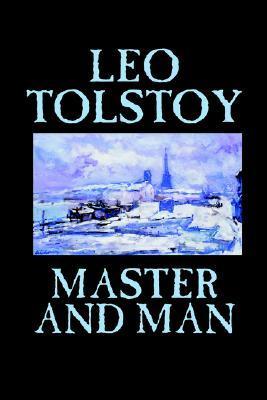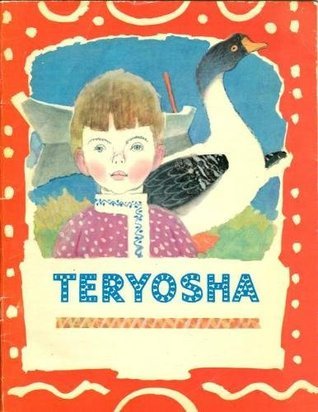
Nikita's Childhood
Book Description
A young boy stands at the crossroads of innocence and turmoil, where laughter echoes in the fields but shadows loom ever closer. 'Nikita's Childhood' unfolds in a world teetering on the brink of change, where bonds of family are tested and friendships are forged in the fires of adversity. As Nikita navigates the bittersweet landscape of youth, love wrestles with loss, and dreams clash with harsh realities. Each moment pulses with suspense, drawing the reader deeper into a life filled with heartache and hope. Will Nikita emerge unscathed, or will the weight of a turbulent world shatter his fragile spirit?
Quick Book Summary
"Nikita's Childhood" by Aleksey Nikolayevich Tolstoy is a poignant exploration of youth against the backdrop of a changing Russia. The novel centers on Nikita, a sensitive and inquisitive boy whose experiences serve as a lens to examine familial bonds, the turbulence of growing up, and the inexorable encroachment of adult struggles into the innocent world of a child's mind. Through laughter in sunlit fields and heartache inside the walls of home, Nikita's journey captures the dual nature of childhood: its joys and its profound pains. As Nikita confronts friendship, loss, and the shifting dynamics within his family, the story beautifully weaves together personal awakening and the broader societal uncertainties shaping his formative years. Tolstoy's evocative depiction of youthful hope and resilience in adversity makes Nikita's coming-of-age a universal tale of longing, love, and survival.
Summary of Key Ideas
Table of Contents
Innocence and the End of Childhood
Nikita's early years are depicted as a tapestry of innocent pleasures and small adventures. The countryside serves as a vast playground where his curiosity knows no bounds, and each day offers new discoveries. Despite moments of joy, Nikita's world is not immune to hardship. The laughter-filled fields often feel like sanctuaries, momentarily shielding him from the growing complexities at home and in the world beyond. Through these vignettes, Tolstoy evokes the universal wonder of childhood—full of hope yet tinged with moments of confusion and subtle foreboding as the borders of innocence begin to blur.
Family and the Dynamics of Home
Within his family, Nikita navigates a shifting landscape of affection, misunderstanding, and unspoken tensions. The intricate ties between parents, siblings, and extended relatives shape his emotional world, teaching lessons often left unsaid. Economic strains, interpersonal conflicts, and parental expectations weigh heavily, forcing Nikita to confront difficult truths. Despite his youth, he is a silent witness to the adults' struggles and their attempts to shield him from pain. Family becomes both a source of comfort and conflict, fueling his internal growth and laying the groundwork for later resilience.
Friendship and Community
Friendship emerges as a vital lifeline in Nikita’s life. Bonds forged with peers provide a refuge from domestic turbulence and a stage for formative experiences. Together, Nikita and his friends face both everyday mischiefs and deeper adversities. Their camaraderie supports him through pain and loss, revealing the importance of shared hope in difficult circumstances. These relationships, grounded in mutual trust and small acts of loyalty, help Nikita navigate the emotional storms that threaten his youthful optimism.
The Shadow of Societal Upheaval
All the while, Tolstoy threads the looming sense of larger societal change through Nikita’s small world. The encroachment of political uncertainty and shifting social order gently but persistently erode the security of the familiar. Adult anxieties leak into daily life, coloring Nikita’s perceptions and marking the gradual end of his childhood sanctuary. As the environment outside grows more turbulent, the internal pressures within the family intensify, converging to test Nikita’s emotional endurance.
Resilience in the Face of Change
Gradually, the fabric of Nikita’s childhood is transfigured by experience, loss, and the realization that change is inevitable. Through trials both personal and communal, he learns to adapt and find strength in vulnerability. Tolstoy closes Nikita’s story with a sense of hard-won maturity, underscoring the resilience that emerges when dreams clash with reality. Though forever marked by the shadows of adversity, Nikita’s spirit proves unbroken. His journey, deeply rooted in a specific time and culture, resonates as a universal tale of growing up under the weight of an uncertain world.
Download This Summary
Get a free PDF of this summary instantly — no email required.





